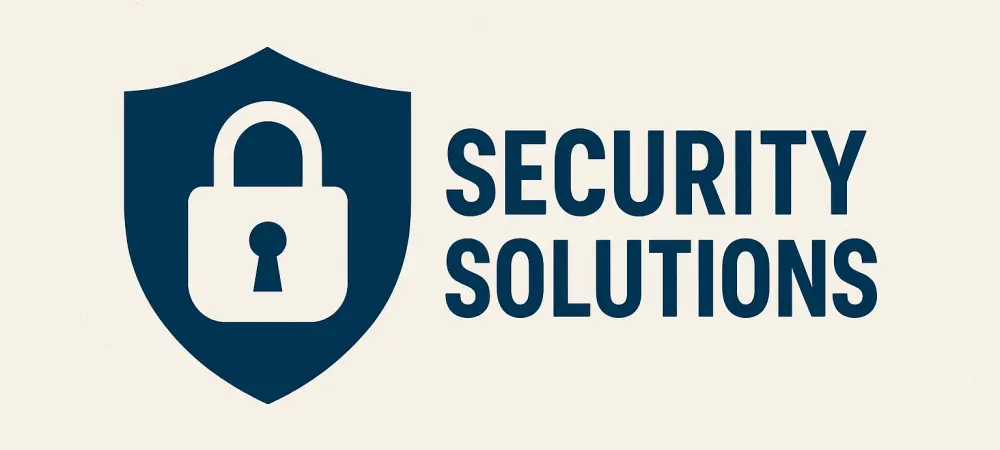In the fast-evolving realm of network security, Security Service Edge (SSE) solutions have emerged as a cornerstone technology, pivotal for organizations navigating the complexities of the digital age. As businesses adapt to cloud-first and hybrid working models, the need for robust security solutions has never been more apparent. The seamless integration of technologies such as Secure Web Gateway (SWG), Cloud Access Security Broker (CASB), Zero Trust Network Access (ZTNA), and Data Loss Prevention (DLP) into unified platforms underscores SSE’s vital role. These solutions are now indispensable for securing sophisticated network environments.
An In-Depth Look into SSE Technology
The core of SSE technology lies in its ability to consolidate and optimize multiple security functionalities within a single, cohesive platform. This integration not only streamlines the management of security operations but also enhances the overall efficacy of threat response strategies. The emergence of SSE solutions marks a significant shift in how businesses approach network security, emphasizing scalability and adaptability in a cloud-dominated landscape. Emerging as a direct response to the ever-expanding digital footprint of organizations, SSE has become a key player in countering modern cyber threats.
Key Features of SSE Solutions
Unified Threat Intelligence and Response
The most compelling feature of SSE solutions is their capability to deliver unified threat intelligence and responsive measures. By converging various threat detection mechanisms into a centralized system, these solutions significantly improve the speed and accuracy of threat responses. This convergence is critical in maintaining high levels of network security across diverse environments. The metrics evaluating performance include response time and detection accuracy, which see significant improvements through these solutions’ advanced analytics capabilities.
Cloud-native Architecture
SSE solutions employ a cloud-native architecture, allowing unprecedented levels of scalability and flexibility. The technical design of this architecture ensures it can effortlessly support a wide array of applications, addressing varied organizational needs in real-world scenarios. This cloud-based approach helps in maintaining low latency and high-performance benchmarks even as organizational demands fluctuate. By harnessing cloud resources, SSE enhances its ability to provide on-demand security, a crucial requirement for enterprises with global operations.
Recent Innovations and Market Trends
The SSE landscape is characterized by rapid innovation, driven by the growing need for versatile and powerful security infrastructures. Key trends shaping this evolution include the rise of zero trust security models, AI-driven analytics, and enhanced compatibility with existing security tools. These trends are reshaping consumer expectations and influencing the developmental direction of SSE solutions. As businesses continue to prioritize such advancements, the industry is seeing a marked shift toward more integrated, efficient, and intelligent security models.
Practical Applications of SSE Solutions
In practice, SSE solutions have found their way into various sectors, ranging from healthcare to finance, each with tailored implementations that address specific industry needs. Examples include their use in financial institutions for securing sensitive data and in healthcare settings for safeguarding patient information. These real-world applications demonstrate SSE’s wide-ranging impact and its ability to enhance security across diverse operational landscapes. Notable implementations highlight how SSE solutions effectively manage to adapt to domain-specific challenges with ease.
Challenges and Potential Hurdles
Despite their many benefits, SSE solutions face several challenges, both technical and regulatory. The adoption of such technology often encounters issues related to data sovereignty, regulatory compliance, and integration with legacy systems. Current efforts focus on overcoming these barriers through continuous development and innovation. Developers are actively working to enhance regulatory alignment and ensure seamless integration with existing infrastructures, aiming to deliver more comprehensive solutions in the face of such challenges.
Future Trajectories and Predictions
Looking ahead, the trajectory of SSE solutions appears promising, with numerous anticipated breakthroughs set to redefine the security landscape. Emerging technologies and evolving risk landscapes will likely drive SSE solutions toward even greater levels of integration and sophistication. Potential advancements in AI and machine learning may further enhance these solutions, enabling more proactive and predictive threat management. Long-term industry impact suggests that organizations will continue to rely heavily on SSE for robust security frameworks.
Final Thoughts and Reflections
Recapping the key aspects discussed, SSE solutions have cemented their role as essential components of modern network security, offering unparalleled benefits in threat protection and operational efficiency. These solutions are poised to continue evolving, addressing current limitations while unlocking new capabilities. Organizations must remain vigilant and adaptive, leveraging SSE technologies to secure their operations amidst an ever-changing threat landscape. As the industry progresses, the potential for SSE to redefine security standards a decade from now is substantial, fostering enhanced resilience and innovation across sectors.

